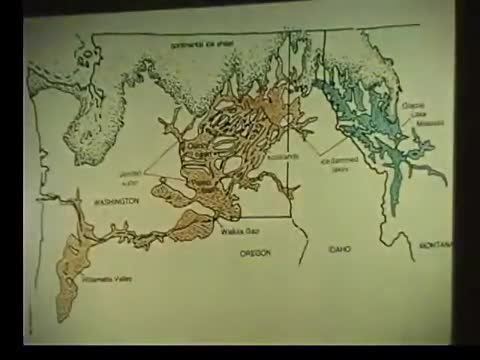Geologists explore impacts of Ice Age flooding in Central Washington's Columbia River Gorge
May 02, 2025 | Missoula, Missoula County, Montana
Thanks to Scribe from Workplace AI , all articles about Montana are free for you to enjoy throughout 2025!

This article was created by AI using a video recording of the meeting. It summarizes the key points discussed, but for full details and context, please refer to the video of the full meeting. Link to Full Meeting
The floods not only transformed the terrain but also contributed to fertile soils in areas like the Willamette Valley, which played a crucial role in supporting early pioneers. The sediment carried by the floods has been traced as far as offshore California, showcasing the extensive reach of this natural phenomenon.
In Central Washington, the floods left behind unique geological features known as "scablands," where up to 200 feet of topsoil was stripped away, revealing the basalt lavas beneath. The chaotic streambed patterns observed in this region contrast sharply with the typical dendritic patterns found elsewhere, indicating the floods' powerful and unpredictable nature.
The meeting also focused on the Grand Coulee, a significant geological feature formed during these floods. Experts described the Grand Coulee as a massive gorge, 20 miles long and over 900 feet deep, which was shaped by the immense flow of water. The area is now home to the Dry Falls, a site that once rivaled Niagara Falls in scale, further emphasizing the floods' monumental impact on the landscape.
As the City of Missoula continues to explore the implications of these historical events, the discussions serve as a reminder of the region's dynamic geological history and its ongoing influence on local ecosystems and agriculture. The insights gained from these meetings will inform future conservation and educational efforts, ensuring that the legacy of the Ice Age floods remains a vital part of the community's identity.
Converted from Glacier Lake Missoula Ice Age Floods 2007 meeting on May 02, 2025
Link to Full Meeting
Comments
View full meeting
This article is based on a recent meeting—watch the full video and explore the complete transcript for deeper insights into the discussion.
View full meeting


